Home>Home Appliances>Kitchen Appliances>How To Dehydrate Fruit In A Dehydrator
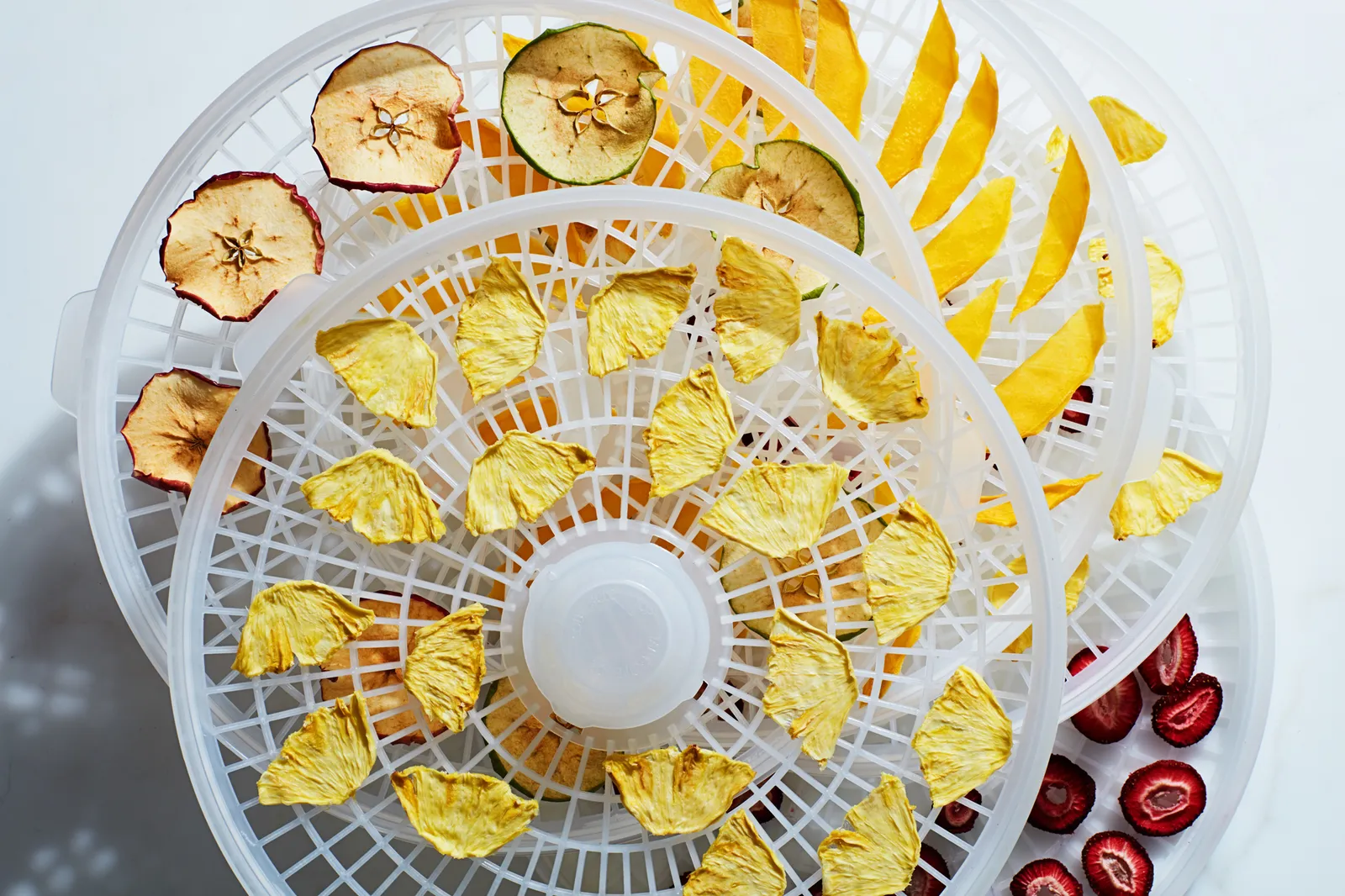

Kitchen Appliances
How To Dehydrate Fruit In A Dehydrator
Modified: January 9, 2024
Discover how to easily dehydrate fruit using a dehydrator in your kitchen. Get step-by-step guidance on preserving fruits at home. Perfect for kitchen-appliance enthusiasts!
(Many of the links in this article redirect to a specific reviewed product. Your purchase of these products through affiliate links helps to generate commission for Storables.com, at no extra cost. Learn more)
Introduction
Welcome to the world of dehydrating fruit! If you're looking for a delicious and nutritious way to enjoy your favorite fruits year-round, using a dehydrator is an excellent option. Dehydrating fruit not only preserves its natural flavors and nutrients but also creates a convenient and portable snack that can be enjoyed on the go.
In this comprehensive guide, we will explore the step-by-step process of dehydrating fruit in a dehydrator, from selecting the right fruits to properly storing the finished product. Whether you're a seasoned dehydrating enthusiast or a beginner looking to explore this exciting culinary technique, this article will provide you with all the information you need to successfully dehydrate a variety of fruits in your own kitchen.
So, grab your favorite fruits, dust off your dehydrator, and get ready to embark on a flavorful journey as we delve into the art of dehydrating fruit. Whether you're craving the chewy sweetness of dried mango slices, the tangy bite of dehydrated strawberries, or the concentrated flavor of dried apple rings, this guide will equip you with the knowledge and skills to turn your fresh fruits into delicious, shelf-stable snacks. Let's dive in and discover the wonderful world of dehydrated fruit together!
Key Takeaways:
- Dehydrating fruit in a dehydrator preserves flavors and nutrients, creating convenient, chewy snacks. Choose high-water content fruits like berries and apples for best results.
- Properly preparing, dehydrating, and storing fruits ensures delicious, shelf-stable snacks. Experiment with spices and fruit combinations for unique flavors.
Read more: How To Store Dehydrated Fruit
Choosing the Right Fruit
When it comes to dehydrating fruit, the first step is selecting the right fruits for the process. Not all fruits are created equal when it comes to dehydrating, so it’s essential to choose varieties that lend themselves well to this preservation method. Here are some key considerations to keep in mind when selecting fruits for dehydration:
- High Water Content: Opt for fruits with high water content, as they dehydrate well and result in a satisfying chewy texture. Examples of fruits with high water content include berries, grapes, apples, pears, peaches, and plums.
- Flavor Intensity: Choose fruits with robust flavors that can concentrate during the dehydration process. Fruits such as strawberries, pineapples, mangoes, and bananas are known for their intense and delightful flavors when dried.
- Ripeness: Select fruits that are ripe but not overly soft or mushy. Firm, ripe fruits dehydrate more evenly and maintain better texture and flavor.
- Preferential Treatment: Some fruits may require pre-treatment to preserve color and flavor. For example, dipping apples in lemon juice or using a sulfite solution for light-colored fruits like peaches and pears can help maintain their appearance and taste.
Additionally, consider personal preferences and intended uses when choosing fruits for dehydration. Whether you plan to enjoy the dehydrated fruits as standalone snacks, incorporate them into trail mixes, or use them as ingredients in recipes, selecting fruits that align with your taste preferences and culinary goals is essential.
By carefully selecting fruits that meet these criteria, you can ensure a successful and enjoyable dehydrating experience, resulting in a variety of delicious and nutritious treats that can be enjoyed anytime, anywhere.
Preparing the Fruit
Once you’ve chosen the perfect fruits for dehydration, the next crucial step is preparing them for the drying process. Proper preparation not only ensures optimal results but also contributes to the overall quality and flavor of the dehydrated fruit. Here’s a step-by-step guide to preparing your selected fruits for dehydration:
- Wash and Dry: Begin by thoroughly washing the fruits under running water to remove any dirt, debris, or pesticide residue. After washing, gently pat the fruits dry with paper towels to remove excess moisture.
- Peel and Slice: For fruits with tough or inedible skins, such as apples, pears, and pineapples, peel the fruits using a sharp knife or a vegetable peeler. Once peeled, slice the fruits into uniform pieces of consistent thickness to ensure even drying.
- Remove Seeds and Cores: If your selected fruits contain seeds, pits, or cores, carefully remove them before proceeding with the dehydration process. This step is essential for ensuring that the fruits dry evenly and retain their natural flavors.
- Pre-Treatment (Optional): Depending on the type of fruit, you may opt for pre-treatment methods to enhance the quality of the dehydrated product. For example, dipping apples in a lemon juice solution can prevent browning, while blanching certain fruits can help preserve their color and texture.
- Arrange on Dehydrator Trays: Once the fruits are prepared, arrange them in a single layer on the dehydrator trays, ensuring that there is ample space between each piece for proper air circulation. Avoid overcrowding the trays, as this can impede the drying process.
By following these preparation steps, you can set the stage for successful dehydration and ensure that your fruits dry evenly, resulting in flavorful, chewy, and nutritious snacks. Properly prepared fruits not only dehydrate more efficiently but also yield superior end products that retain their natural colors, flavors, and nutritional value.
Using the Dehydrator
Now that your fruits are meticulously prepared, it’s time to harness the power of your dehydrator to begin the drying process. Dehydrators provide a controlled environment for removing moisture from fruits, resulting in perfectly preserved snacks that can be enjoyed for months to come. Here’s a detailed guide on using a dehydrator to dry your prepared fruits:
- Set the Temperature: Consult your dehydrator’s manual or the recommended drying temperatures for various fruits. Different fruits may require different drying temperatures, typically ranging from 125°F to 135°F (approximately 52°C to 57°C). Set the dehydrator to the appropriate temperature for the fruits you are drying.
- Adjust the Drying Time: The drying time can vary based on factors such as fruit type, thickness of slices, and moisture content. Refer to drying charts or guidelines for estimated drying times, and be prepared to periodically check the fruits for doneness as they dry.
- Monitor the Drying Process: Place the loaded dehydrator trays into the unit and set the timer if your dehydrator has this feature. Throughout the drying process, periodically check the fruits for progress, rotating the trays if necessary to ensure even drying. Keep an eye on the fruits as they transform from plump and juicy to shriveled and chewy.
- Ensure Proper Air Circulation: Proper air circulation is crucial for efficient dehydration. Ensure that the dehydrator’s vents and air channels are unobstructed, and avoid stacking trays too closely, as this can impede airflow and lead to uneven drying.
- Patience is Key: Dehydrating fruits is a gradual process that requires patience. Depending on the fruits and your dehydrator’s specifications, the drying process can take anywhere from a few hours to a day or more. Embrace the anticipation as your kitchen fills with the delightful aroma of drying fruits.
By following these steps and staying attuned to the progress of the drying fruits, you can effectively utilize your dehydrator to transform fresh fruits into delectable, shelf-stable snacks. Embrace the gentle hum of the dehydrator as it works its magic, and soon you’ll be rewarded with an array of flavorful, nutrient-rich dried fruits ready to fuel your adventures and satisfy your cravings.
When dehydrating fruit in a dehydrator, make sure to slice the fruit evenly to ensure consistent drying. This will help the fruit to dry at the same rate and prevent some pieces from becoming over-dried while others are still moist.
Checking for Doneness
As your fruits undergo the dehydration process, it’s essential to monitor their progress and assess their doneness to ensure that they are thoroughly dried and ready for storage. Properly dehydrated fruits should be chewy, pliable, and free from excess moisture, indicating that they are adequately preserved and safe for long-term storage. Here’s how to determine if your fruits are fully dehydrated:
- Texture Test: Perform a tactile assessment by gently pressing the dried fruits. They should feel pliable and leathery, with no residual moisture or stickiness. If the fruits are too soft or damp, they require additional drying time.
- Visual Inspection: Examine the fruits for visual cues that indicate thorough dehydration. They should appear shriveled, with wrinkles on the surface, and retain their natural colors. If the fruits still appear moist or retain a glossy sheen, they are not yet fully dehydrated.
- Check for Consistency: Ensure that all pieces of fruit exhibit uniform dryness. If certain pieces feel drier than others, remove the fully dried fruits and continue drying the remaining pieces until they reach the desired consistency.
- Cooling Period: Allow the dried fruits to cool to room temperature before conducting the final assessment. The cooling process can help reveal any residual moisture that may not have been apparent during the drying phase.
By employing these methods to evaluate the doneness of your dehydrated fruits, you can confidently determine when they are ready for storage. It’s important to exercise patience and thoroughness during the assessment process, as properly dried fruits have an extended shelf life and maintain their quality over time.
Once you’ve confirmed that your fruits are adequately dehydrated, it’s time to move on to the crucial step of storing them properly to preserve their flavor, texture, and nutritional value.
Read more: How To Dehydrate Fruit In Air Fryer
Storing Dehydrated Fruit
Proper storage is essential for maintaining the quality and shelf life of dehydrated fruits. After investing time and effort into dehydrating your favorite fruits, it’s crucial to store them in a manner that preserves their flavor, texture, and nutritional benefits. Follow these guidelines to ensure that your dehydrated fruits remain fresh and delicious for an extended period:
- Cooling Period: Allow the dehydrated fruits to cool completely to room temperature before proceeding with the storage process. This ensures that any residual warmth dissipates and prevents the formation of condensation inside the storage containers.
- Airtight Containers: Transfer the dried fruits to clean, airtight containers that are specifically designed for long-term food storage. Mason jars, food-grade plastic containers, and resealable bags with airtight seals are excellent choices for preserving dehydrated fruits.
- Absorbent Packs: Consider including desiccant or silica gel packs in the storage containers to absorb any lingering moisture and maintain the fruits’ dryness. These packs help prevent moisture-related spoilage and extend the shelf life of the dehydrated fruits.
- Labeling and Dating: Clearly label each storage container with the type of fruit and the date of dehydration. Proper labeling ensures easy identification and allows you to track the freshness of the stored fruits, enabling you to prioritize consumption based on the dehydration date.
- Optimal Conditions: Store the containers of dehydrated fruits in a cool, dark, and dry environment to minimize exposure to light, heat, and humidity. Ideally, aim for a storage area with consistent temperatures to maintain the fruits’ quality over time.
- Rotation and Consumption: While dehydrated fruits have a long shelf life when stored properly, it’s beneficial to rotate your stock and consume the fruits within a reasonable timeframe to enjoy them at their peak quality and flavor.
By adhering to these storage practices, you can safeguard the dehydrated fruits against moisture, air, and environmental factors that can compromise their integrity. Properly stored dehydrated fruits retain their nutritional value and delightful flavors, ready to be enjoyed as wholesome snacks, recipe ingredients, or on-the-go treats whenever the craving strikes.
Tips and Tricks
Embarking on the journey of dehydrating fruit opens the door to a world of culinary creativity and wholesome snacking. To elevate your dehydrating experience and achieve exceptional results, consider the following tips and tricks that can enhance the process and expand your repertoire of dehydrated fruit delights:
- Uniform Slicing: When preparing fruits for dehydration, aim for uniform slices or pieces to ensure consistent drying and prevent uneven results.
- Blanching for Color Retention: For light-colored fruits such as apples and pears, consider blanching them briefly in hot water before dehydrating to help preserve their natural color and appearance.
- Enhancing Flavor with Spices: Experiment with sprinkling spices such as cinnamon, nutmeg, or ginger over the sliced fruits before dehydrating to infuse them with additional layers of flavor.
- Citrus Soak for Brightness: Pre-treat fruits prone to browning, such as bananas and apples, by soaking them in a citrus solution to maintain their vibrant color and freshness.
- Exploring Fruit Combinations: Mix and match different fruits to create unique flavor combinations when dehydrating. For example, combining strawberries and kiwi or apples and cranberries can yield delightful flavor fusions.
- Dehydrated Fruit Leather: Puree fruits and spread the mixture thinly on dehydrator trays to create delicious fruit leathers that serve as healthy, chewy snacks for all ages.
- Rehydrating for Recipes: Dehydrated fruits can be rehydrated by soaking them in water or fruit juice, making them versatile ingredients for baking, cooking, and crafting refreshing beverages.
- Storage Variety: Consider packaging dehydrated fruits in single-serve portions for convenient snacking, or vacuum-sealing them for extended shelf life and enhanced preservation.
- Dehydrated Fruit Granola: Incorporate dehydrated fruits into homemade granola for a nutritious and flavorful addition that provides bursts of natural sweetness and texture.
- Exploring Exotic Fruits: Venture beyond common fruits and explore dehydrating exotic varieties such as dragon fruit, star fruit, and persimmons to broaden your dehydrated fruit repertoire.
By integrating these tips and tricks into your dehydrating endeavors, you can infuse creativity, versatility, and enhanced flavors into the process, resulting in an array of delectable dehydrated fruits that cater to diverse tastes and culinary preferences.
Conclusion
As we conclude this journey through the art of dehydrating fruit in a dehydrator, it’s evident that this preservation method offers a myriad of benefits, from creating wholesome snacks to unlocking new culinary possibilities. By carefully selecting, preparing, dehydrating, and storing a variety of fruits, you have the power to transform fresh produce into shelf-stable delights that can be enjoyed anytime, anywhere.
Dehydrated fruits not only retain their natural flavors and nutrients but also serve as versatile ingredients for cooking, baking, and crafting innovative recipes. Whether you’re savoring the chewy sweetness of dried mango slices, incorporating dehydrated strawberries into homemade granola, or using rehydrated fruits to infuse vibrant flavors into beverages, the possibilities are as diverse as the fruits themselves.
As you continue to explore the world of dehydrating fruit, remember to embrace creativity, experiment with flavor combinations, and savor the rewarding process of transforming fresh fruits into enduring culinary treasures. With the tips and techniques shared in this guide, you are well-equipped to embark on a flavorful journey that celebrates the natural bounty of fruits and the art of preservation.
So, fire up your dehydrator, select your favorite fruits, and embark on a dehydrating adventure that promises an abundance of delicious, nutrient-rich rewards. Whether you’re savoring the concentrated sweetness of dried pineapple rings or relishing the tangy zing of dehydrated citrus slices, each bite is a testament to your culinary prowess and dedication to wholesome living.
May your dehydrating endeavors yield an array of delightful fruits that brighten your snacking experiences, inspire your culinary creations, and bring a touch of natural sweetness to every moment. Here’s to the joy of dehydrated fruits and the boundless possibilities they offer!
Frequently Asked Questions about How To Dehydrate Fruit In A Dehydrator
Was this page helpful?
At Storables.com, we guarantee accurate and reliable information. Our content, validated by Expert Board Contributors, is crafted following stringent Editorial Policies. We're committed to providing you with well-researched, expert-backed insights for all your informational needs.
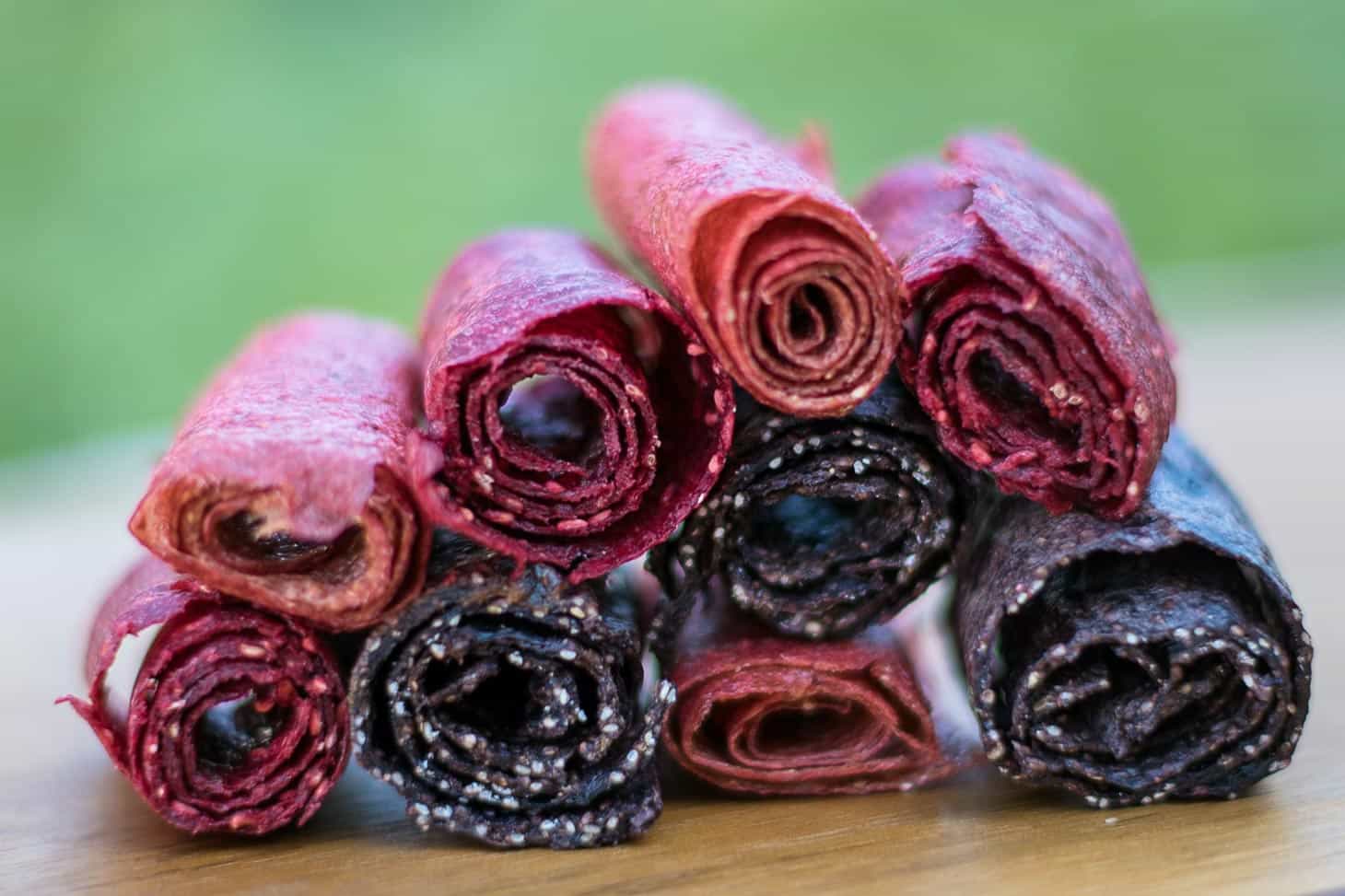
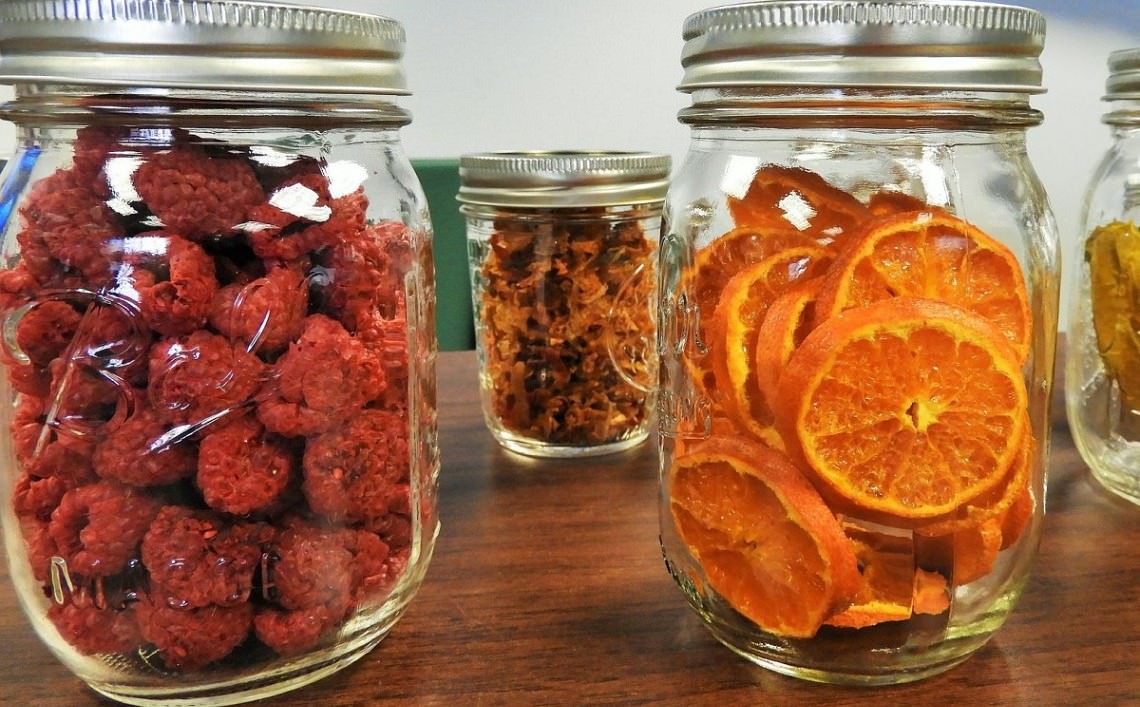
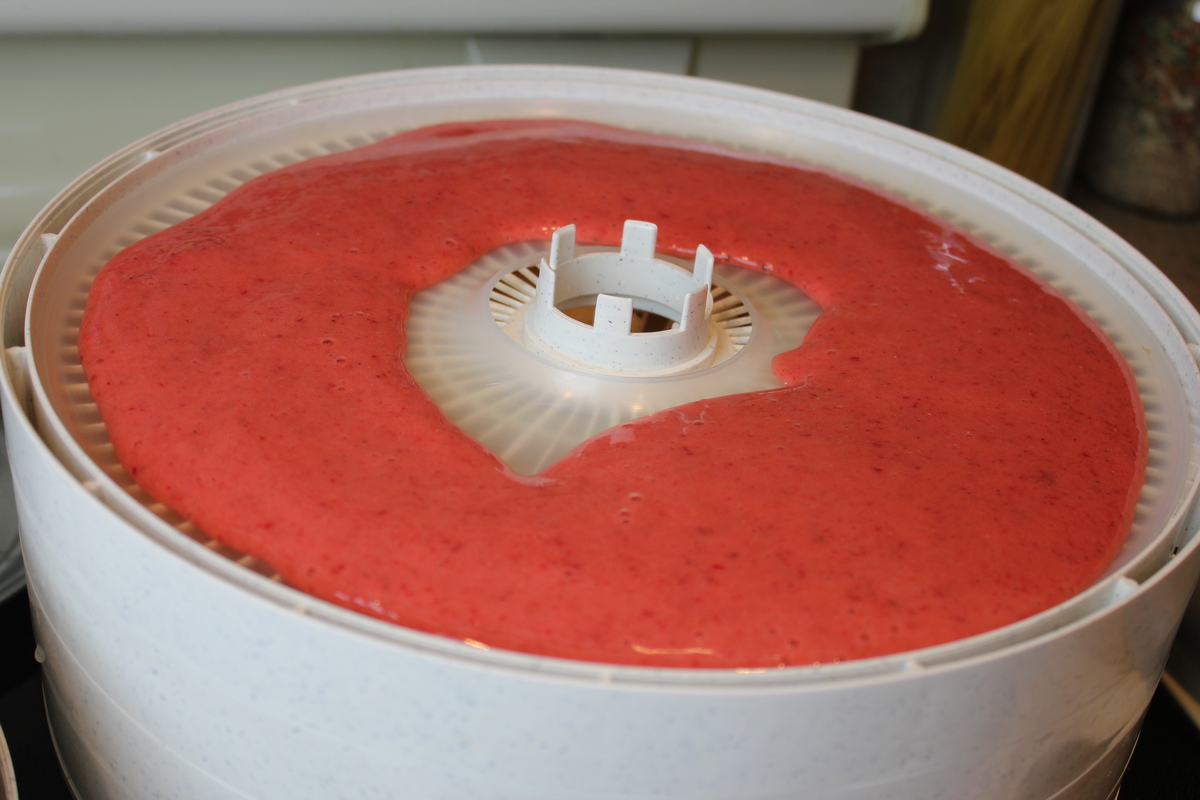

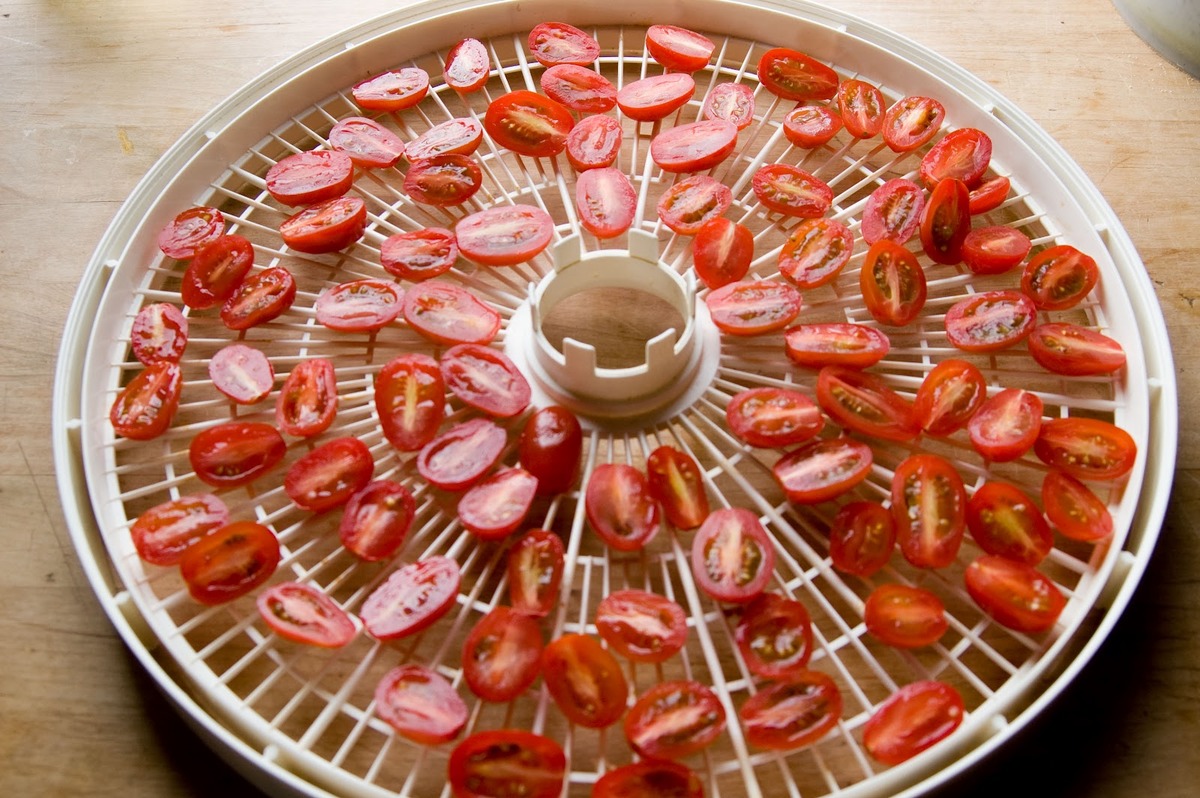
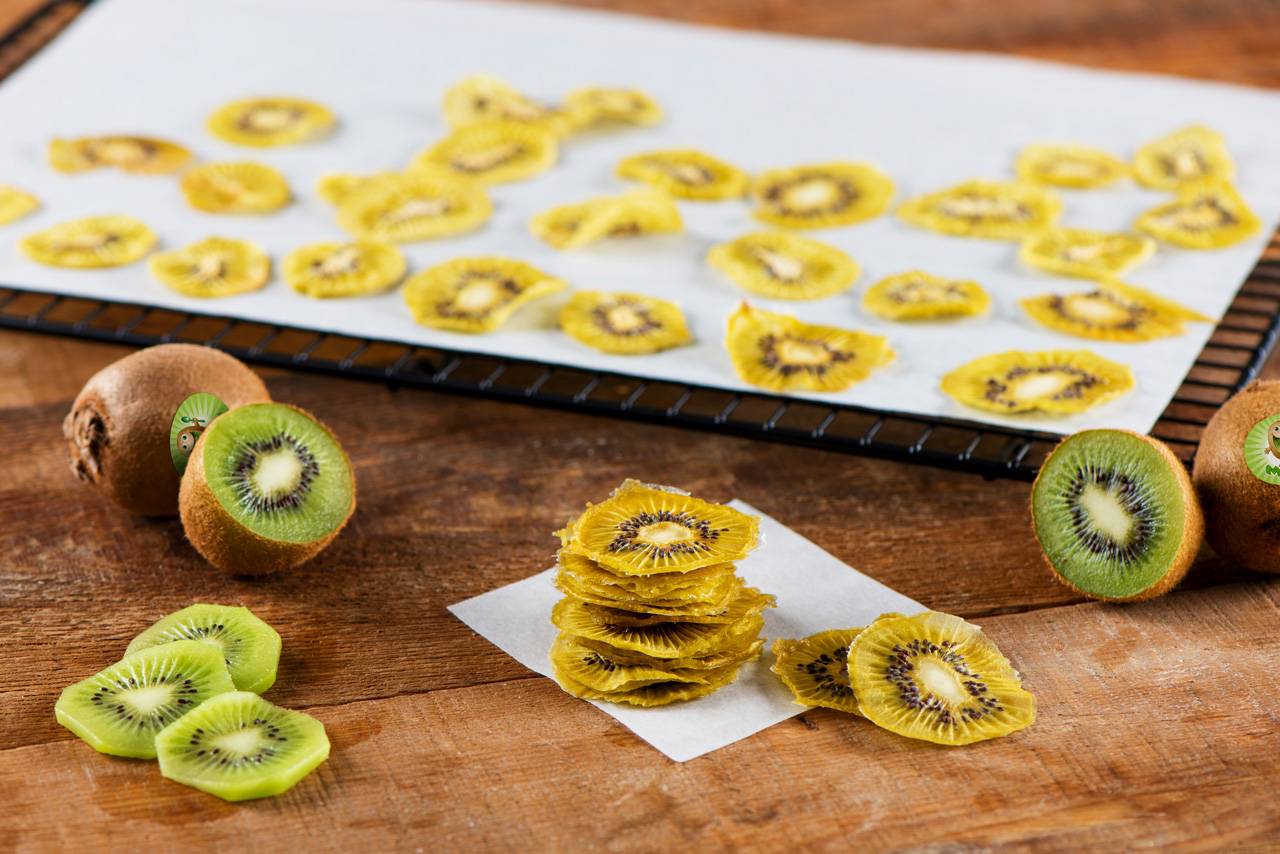
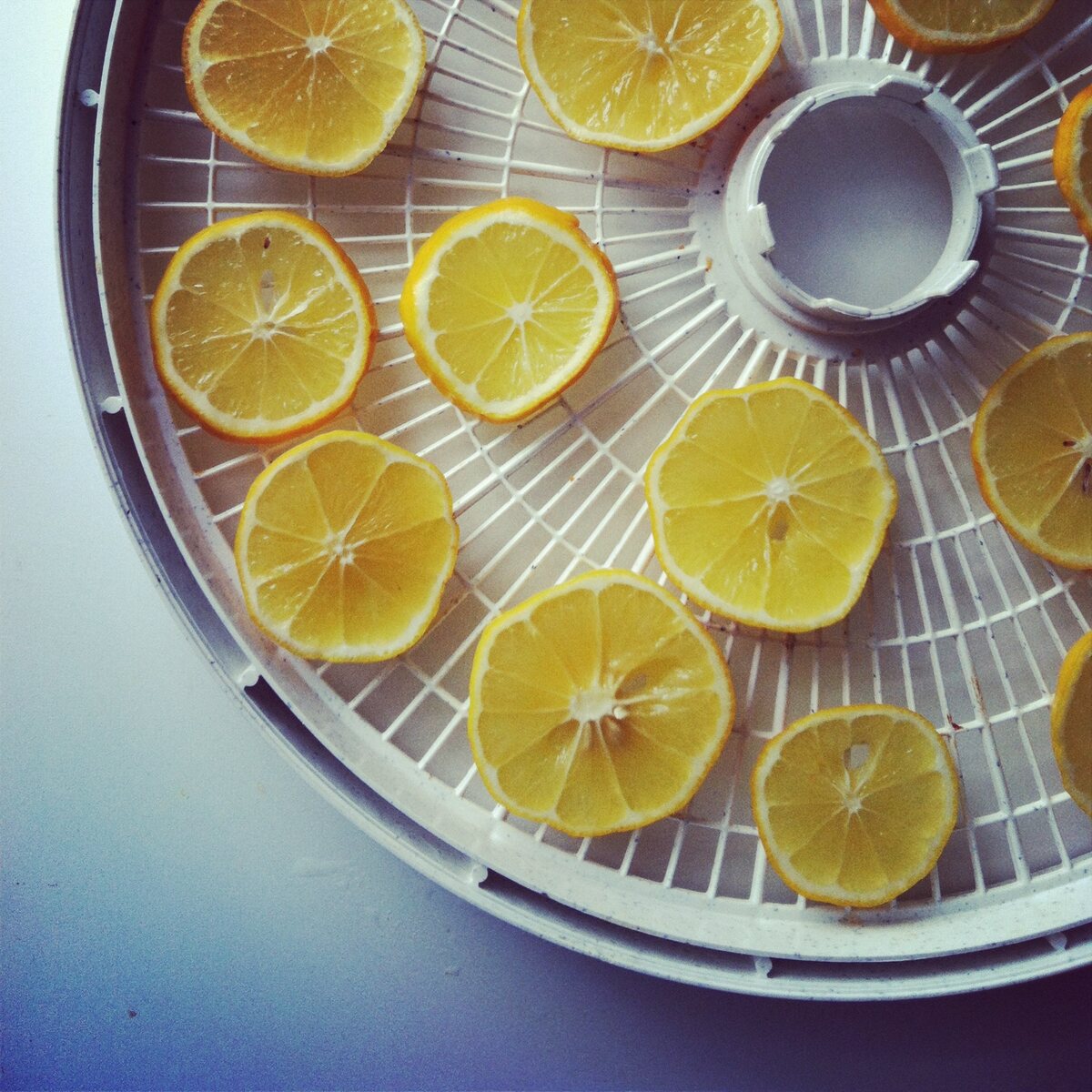
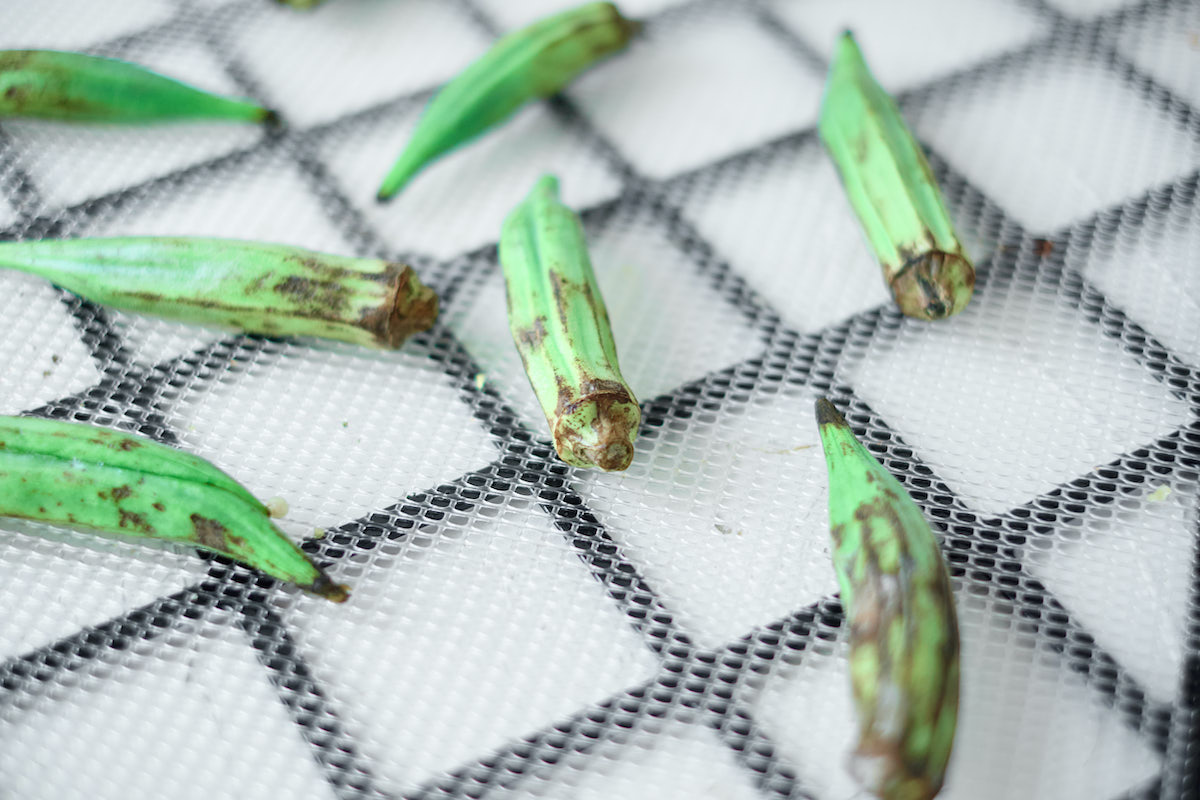
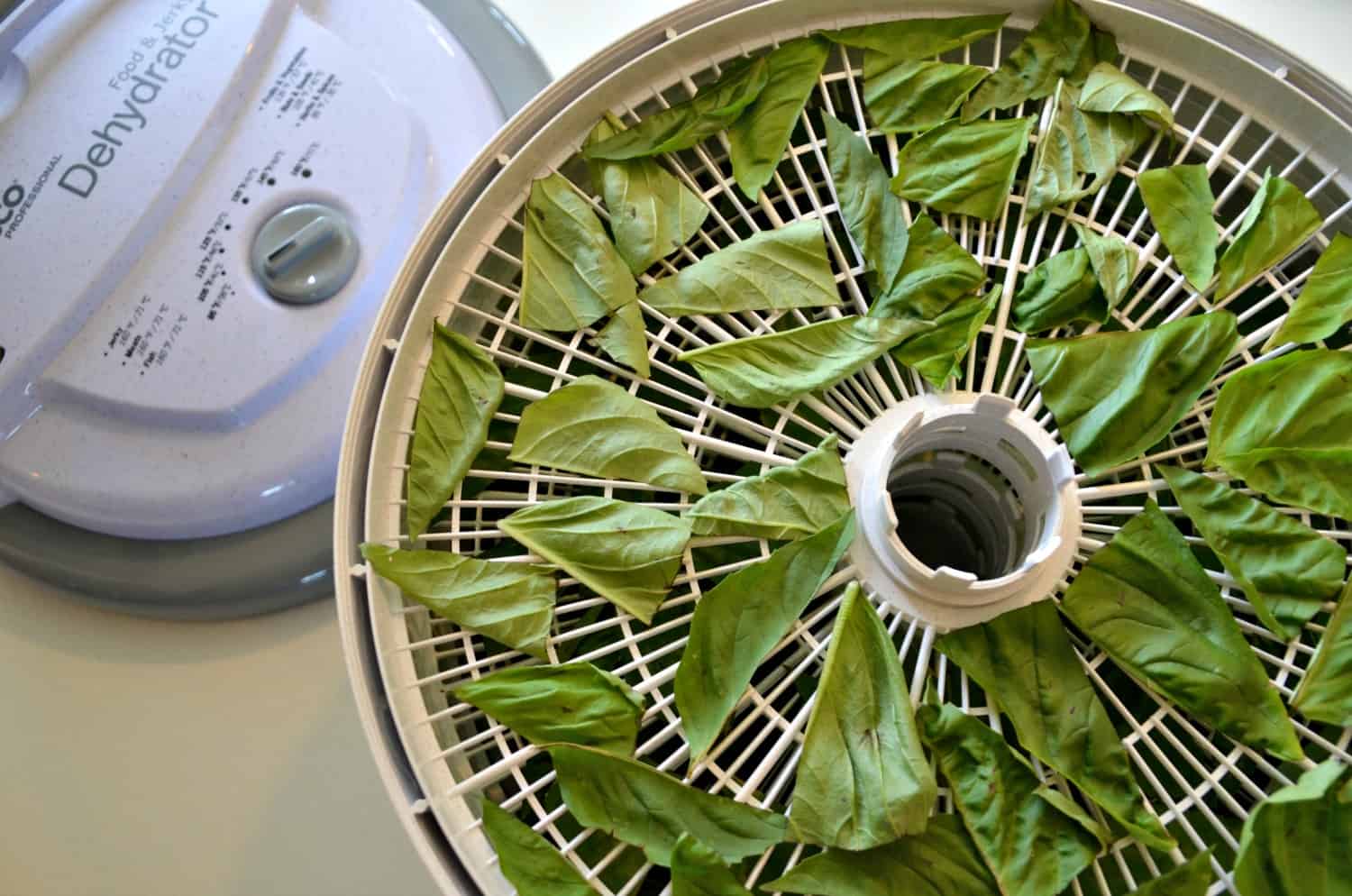
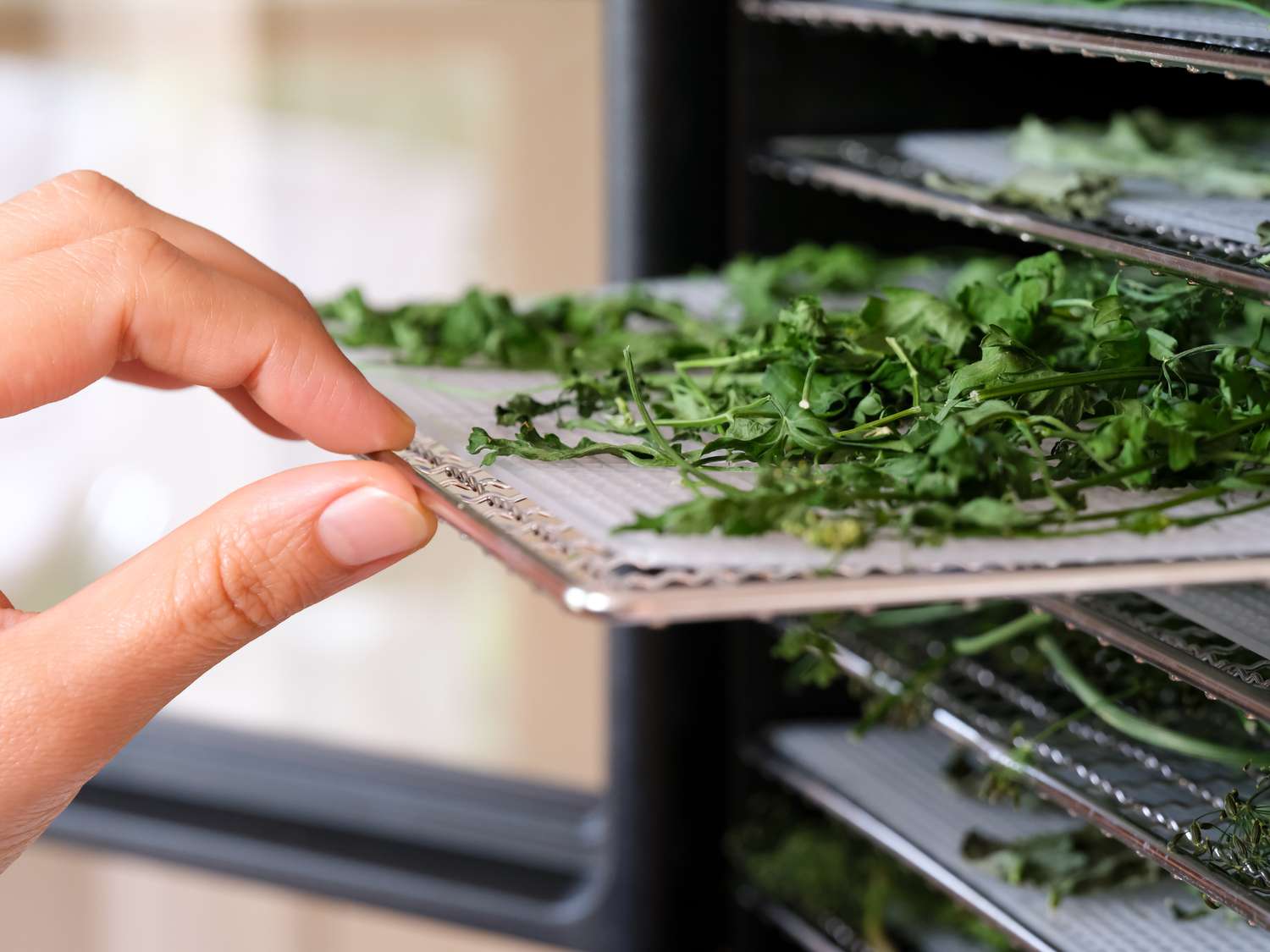
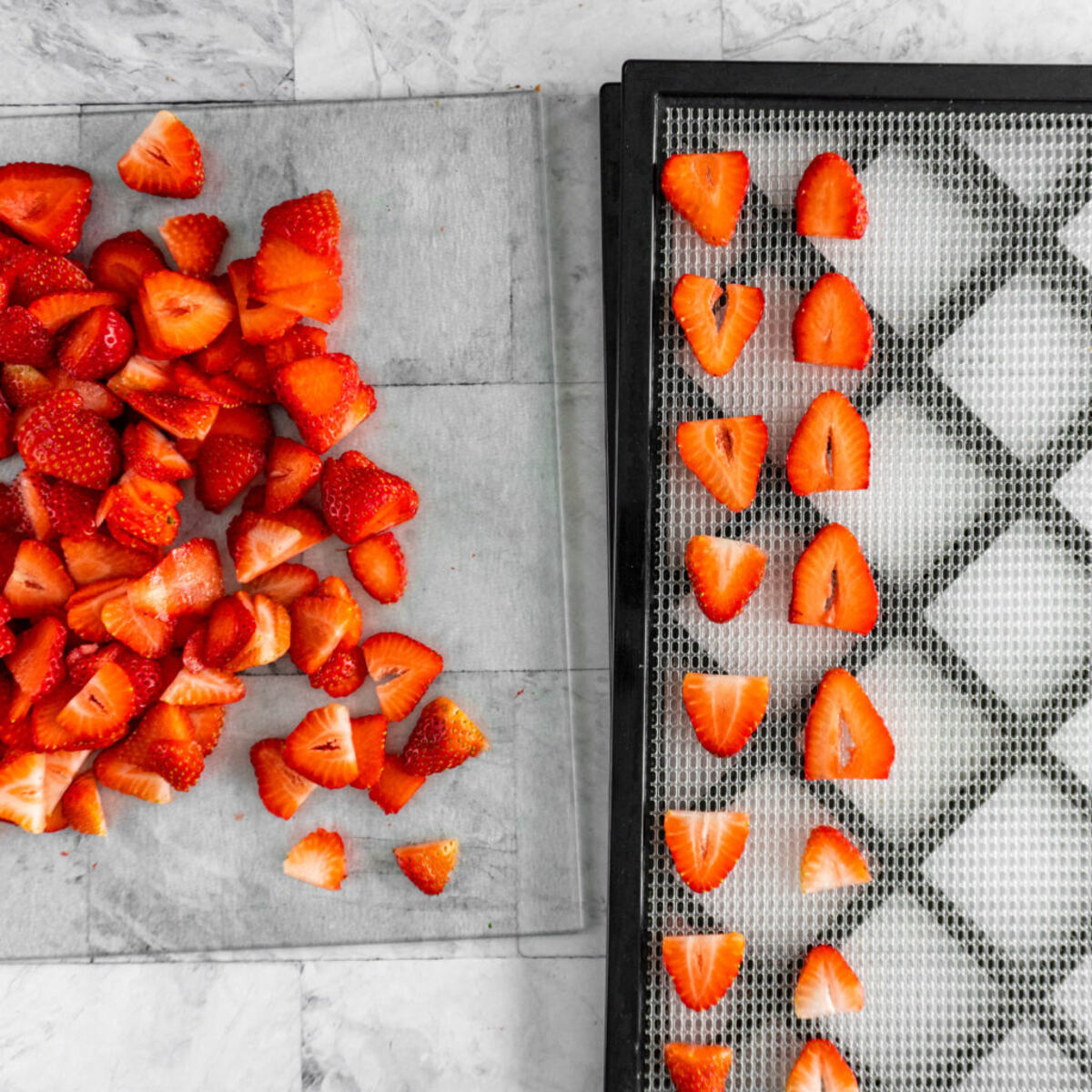
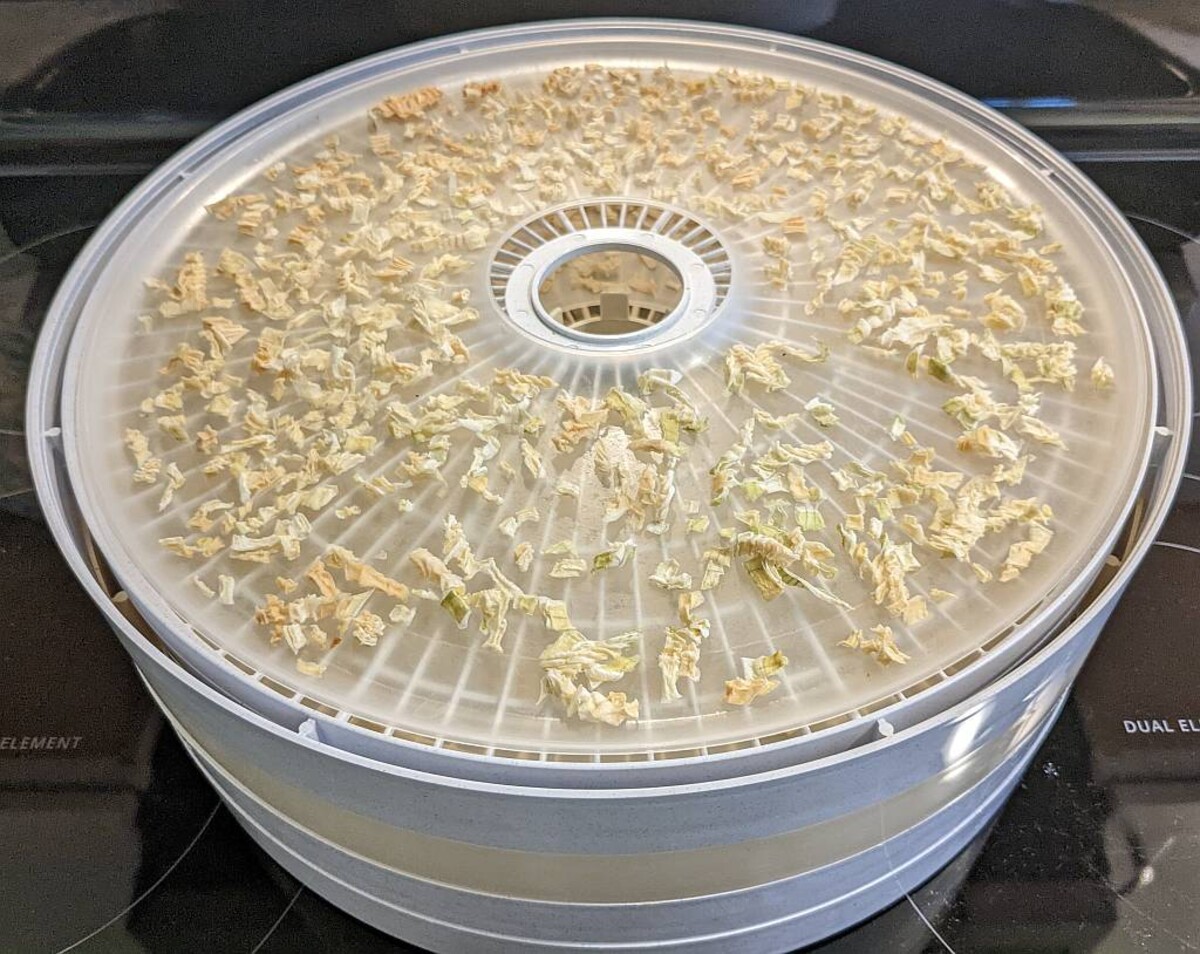
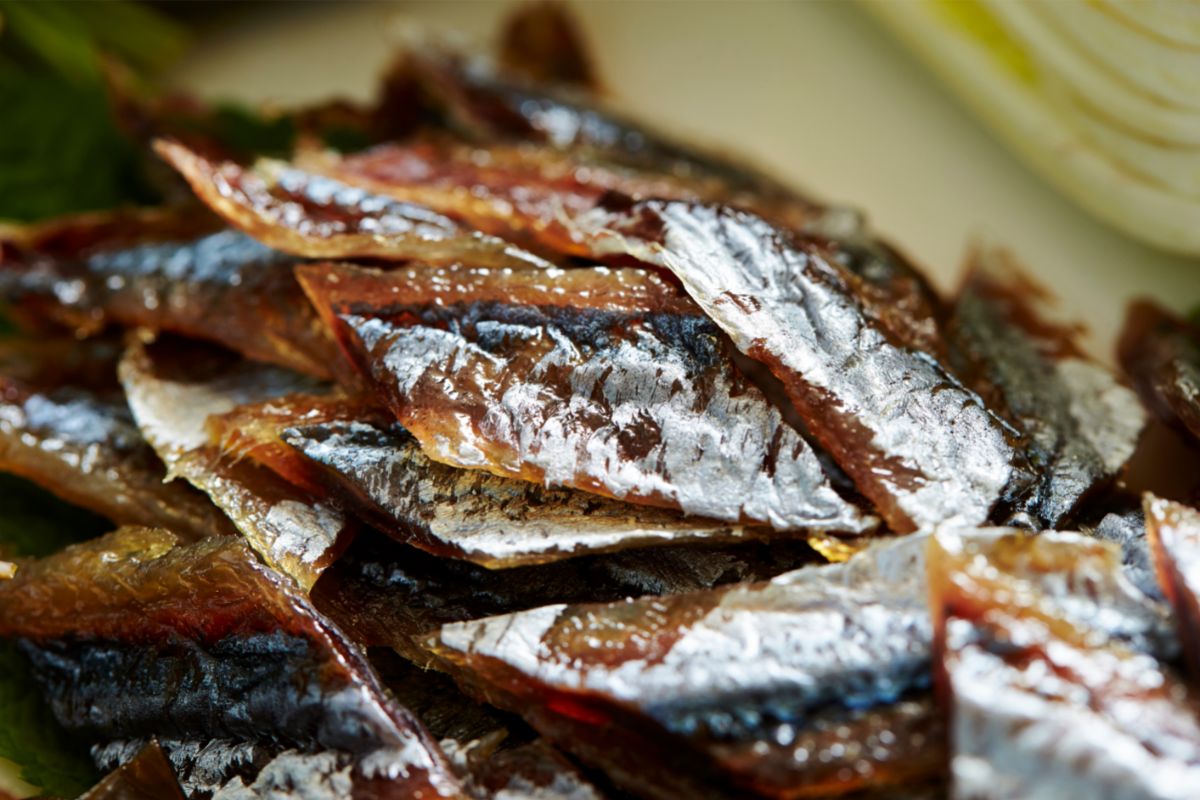
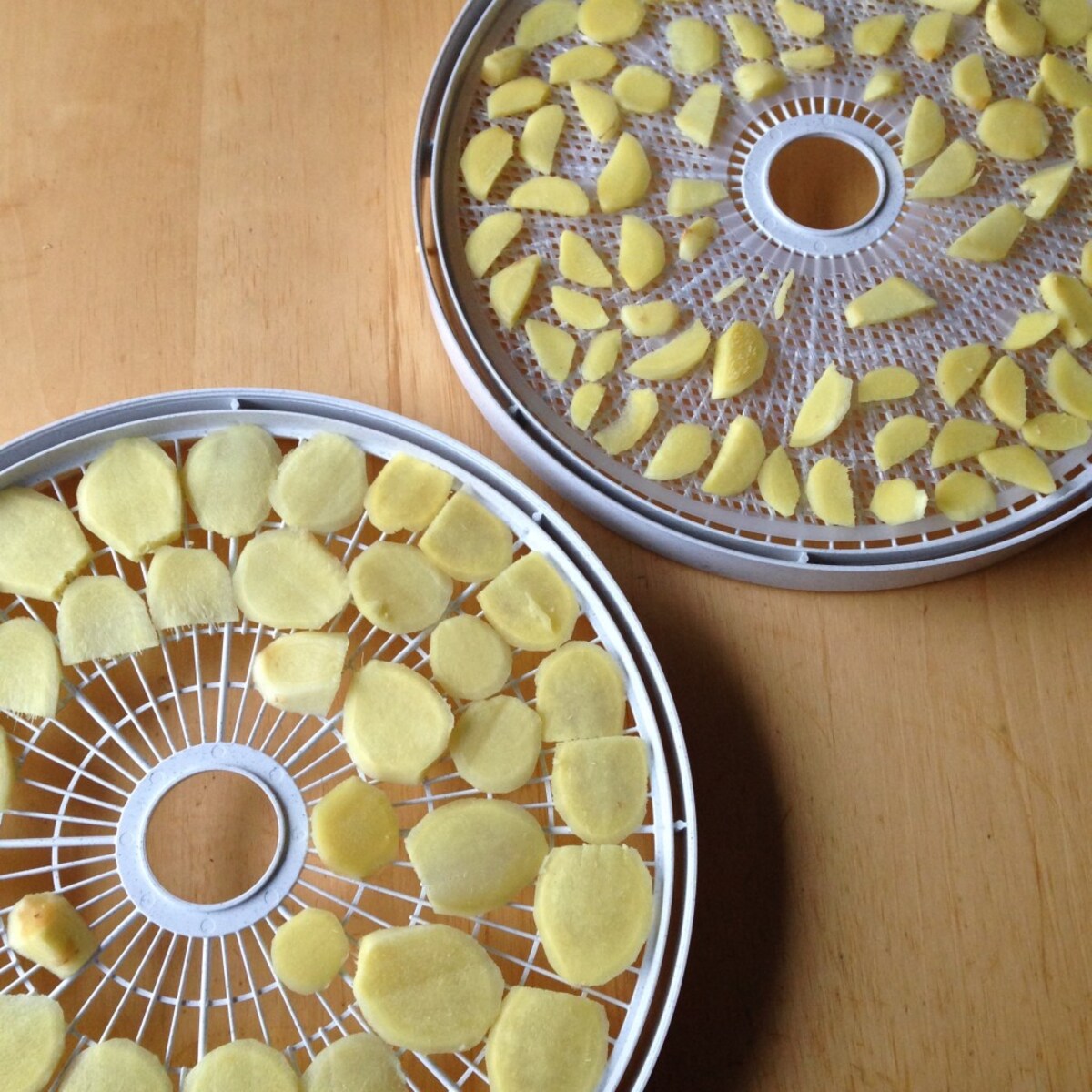

0 thoughts on “How To Dehydrate Fruit In A Dehydrator”